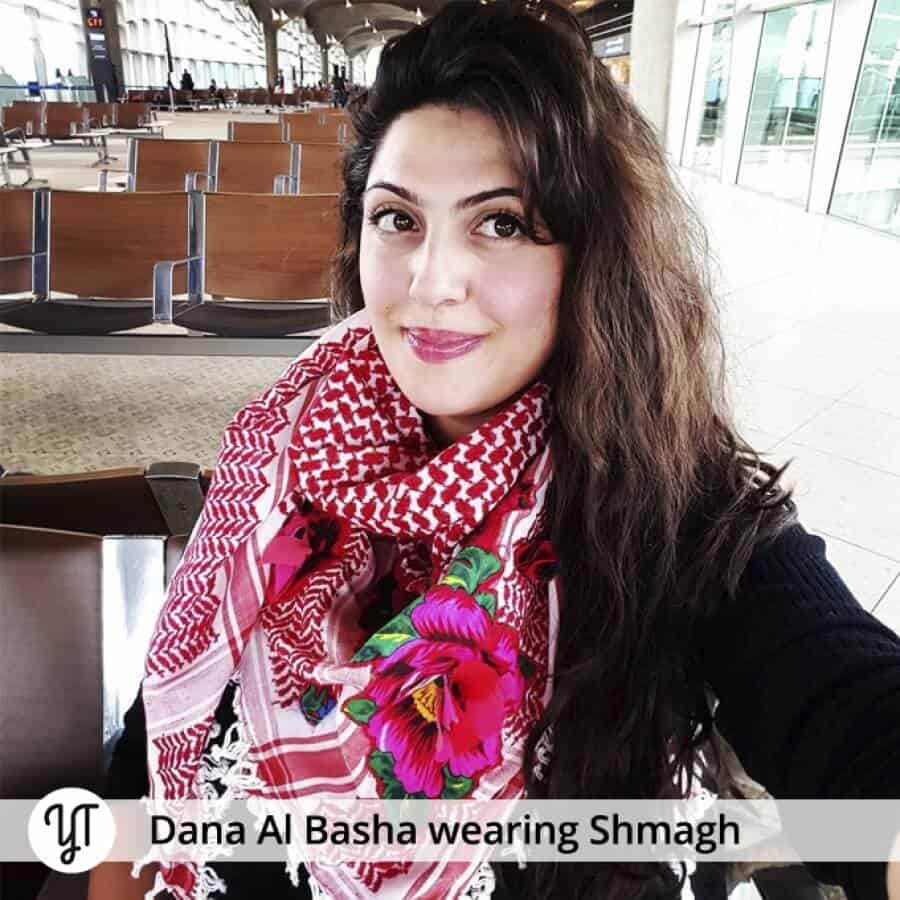The Media often draws a one dimensional portrait of the Middle East, and tends to overshadow the young talents and creative minds in the region in the favor of highlighting violence and radicalism only. In spite of the instability and armed threats, business-oriented Arab creatives are turning the wearable art they create into brands with unique identities, inspired by their mystic culture.
Modern Arab pop culture has been highly influenced by many elements from the past: lyrical references from the songs of the ‘60s and the ‘80s, slang words crafted in Arabic calligraphy, headdresses such as the Kufiya for men and Burqa for women, blue eye beads, and Hamsa hands. The up-and-coming Arab fashion designers are notable contributors to this culture, as they use these elements (and more) in their designs, creating unique and original brand identities.
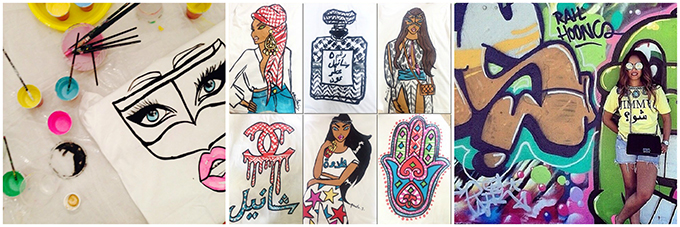
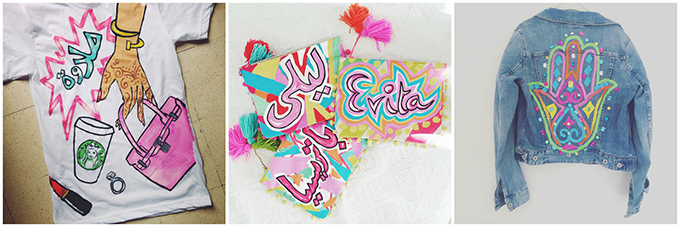
Pamela Sfeir, a Lebanon-based designer and fashion illustrator, shares her experience: “I started my line with a few hand painted products that I posted on my Facebook profile. People started asking me about them and how they could buy them, so I started manufacturing on a small scale and learnt how to start a small business from A to Z.”
Sfeir offers to customize her clients’ orders and delivers unique, vibrant pieces for fashionistas all over the region. “What differentiates me from other designers is that I manufacture all my products in Lebanon and each one has a special handmade touch, whether it is a painting or a handmade accessory. My ultimate goal is to create items that everyone is going to want to have,” Sfeir continues.
Sfeir explains that she uses vibrant colors in her designs because they reflect the “lively and vibrant” personalities of Middle Eastern women. “I have noticed that Arab and Lebanese women are strongly attached to their roots, and products with reminders of their countries are always bestsellers.”
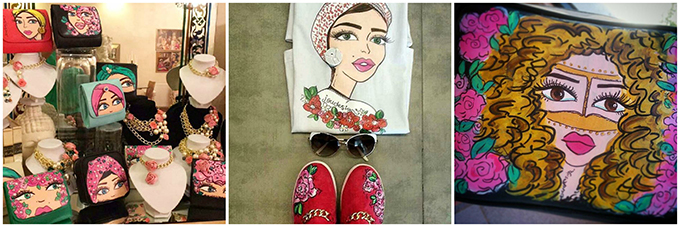
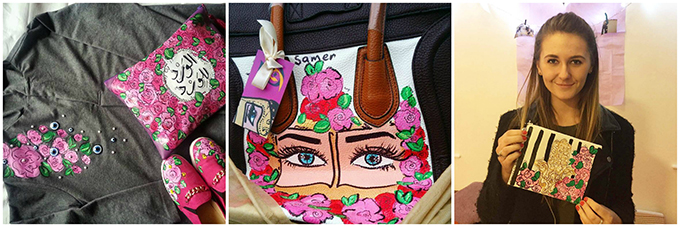
Social Media has helped other local designers to gain exposure and open doors to exciting opportunities, including Joud Shurrab. “Since I was a young girl, I have had a passion for drawing. I used to draw on different materials such as clothes and furniture. When I reached university, I decided not to give up my passion, and with encouragement from my family, I studied interior design“.
Joud was an undergraduate student when she first started her line of hand drawn scarves, inspired by traditional Arab prints. She described how the support she received at university encouraged her to go further. “After graduation, I continued with a complete concentration on business, and I have established my own line of t-shirts, bags, cross bags, shoes, make-up pouches, phone covers, and passport holders. Also, I recently started a new line for men including t-shirts and men’s clutches. The feedback from my lovely friends and customers represents the biggest motivation to me. ”
Joud Shurrab mainly exhibits her work on her Instagram page, where over 25k users follow her artwork. Joud’s brand, Joud Design, has traveled all the way from her home country to Jordan, Egypt, the United Arab Emirates, Qatar, and Lebanon to reach her customers abroad in Italy and Canada in physical stores.
In 2015, a major milestone was marked on the pathway to international recognition for Jobedu. The Jordanian pop culture brand was chosen from the top 35 brands to showcase at last year’s Emmy Awards in Hollywood. What was started in 2007 at a Friday market by then high school friends, Tamer Al Masri and Michael “Meesh” Makdah, had turned into a lifetime journey infused with art and creativity.
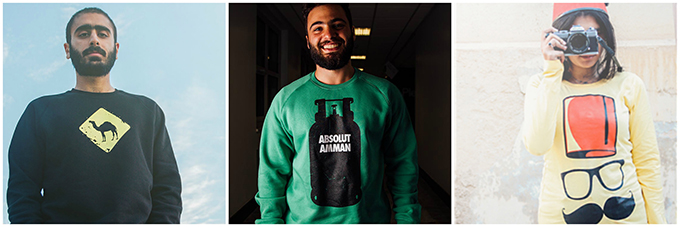
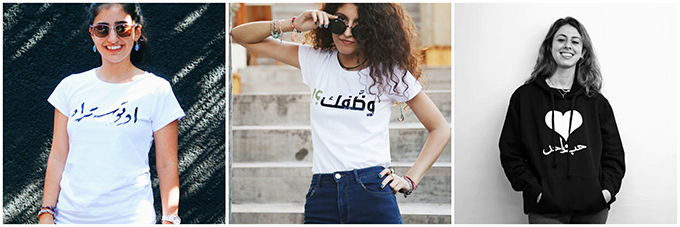
A Palestinian Social Media expert, lifestyle blogger and fashion enthusiast, Dana Al Basha describes how the trend has grown in the industry : “Over the last five years, the fashion industry has changed rapidly, especially for Arab women, as the world has evolved and cultures have mixed together. There is a general fear of identity loss.”
Al Basha thinks of adopting elements from Arab heritage in modern fashion as a way of preserving Middle Eastern Arab heritage and identity, and mentions that the trend was challenged and didn’t appeal to consumers in the region at the beginning. “..Time passed, and people grew to like the idea, and it was implemented in many businesses in the form of jewelry, bags, clutches, artwork, and clothes”.
Support us!
All your donations will be used to pay the magazine’s journalists and to support the ongoing costs of maintaining the site.
Share this post
Interested in co-operating with us?
We are open to co-operation from writers and businesses alike. You can reach us on our email at [email protected]/[email protected] and we will get back to you as quick as we can.
